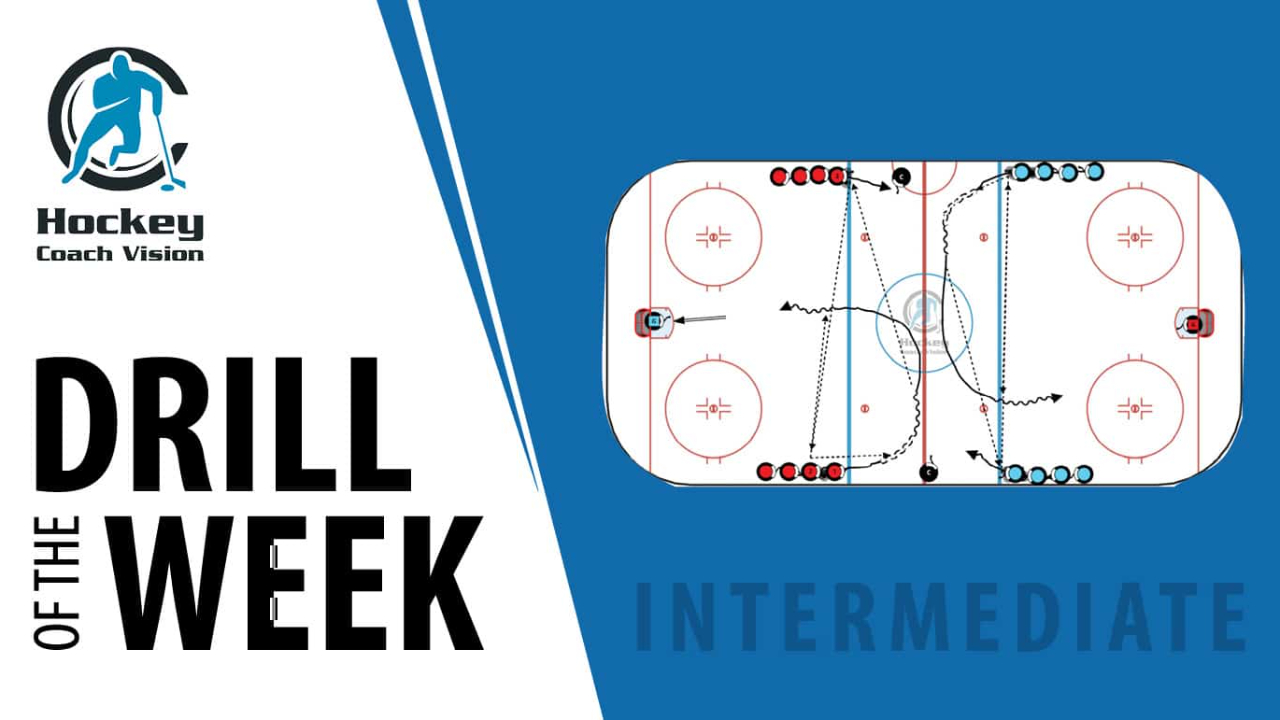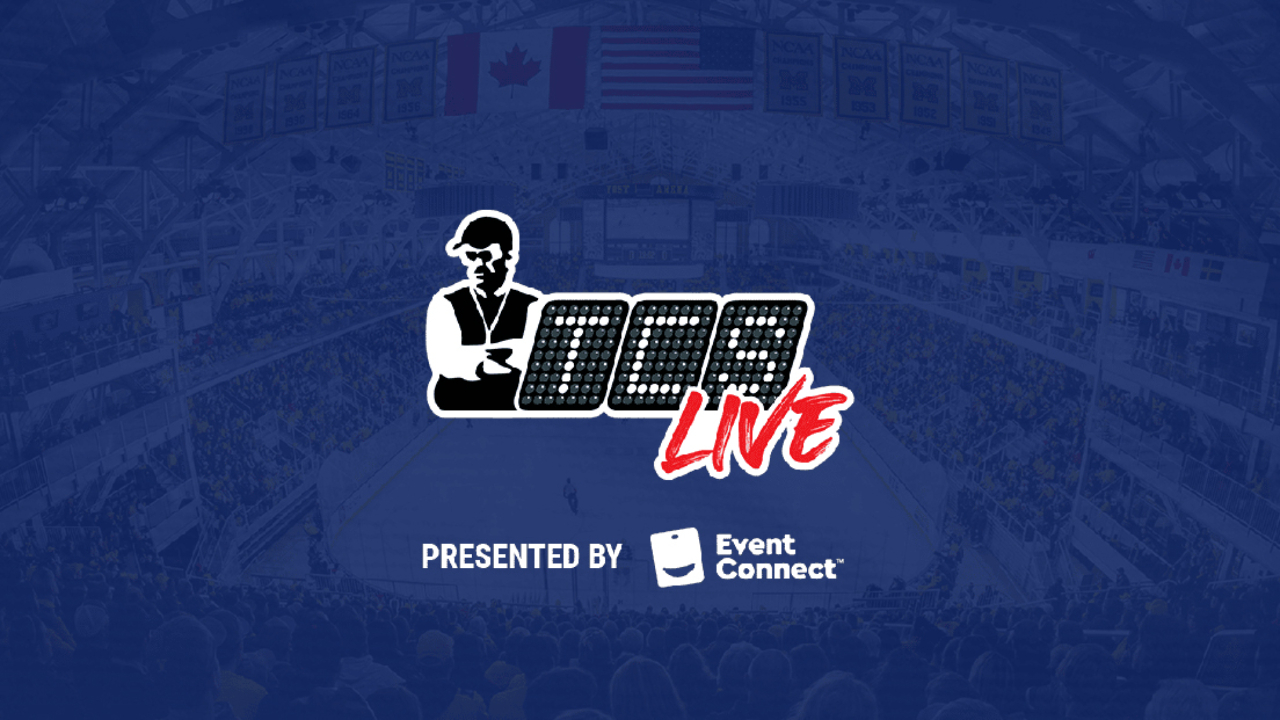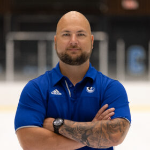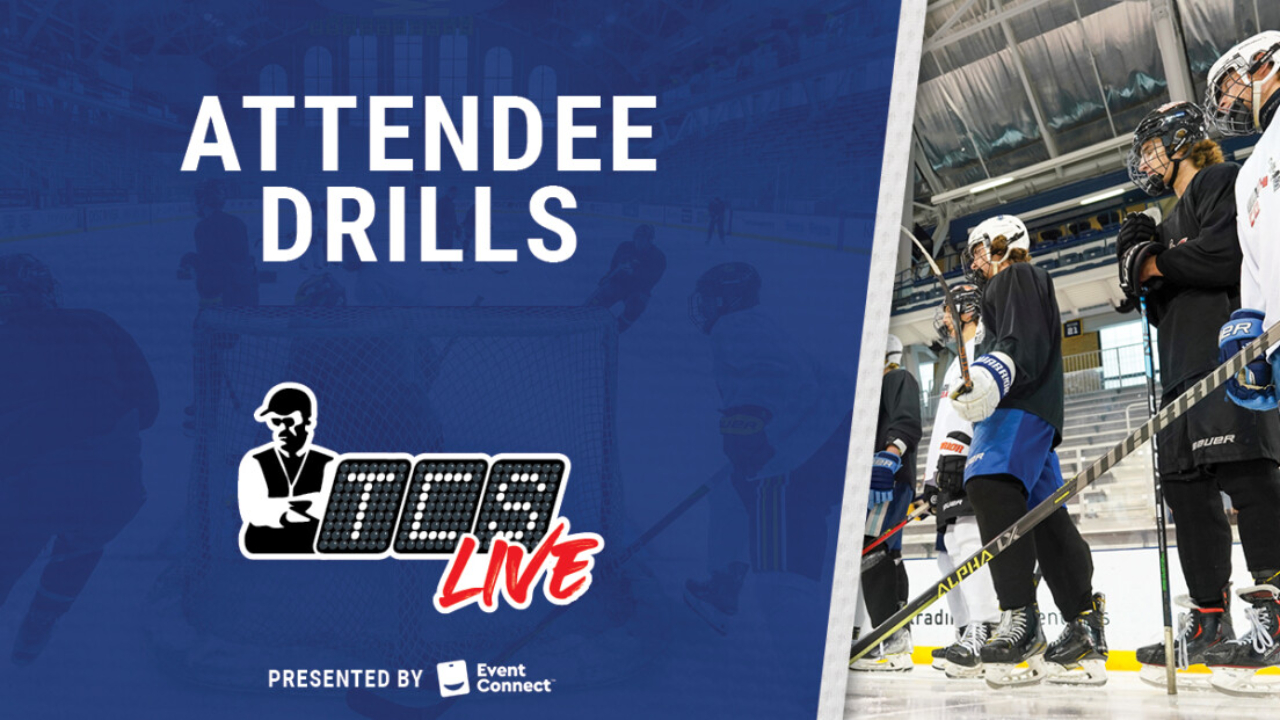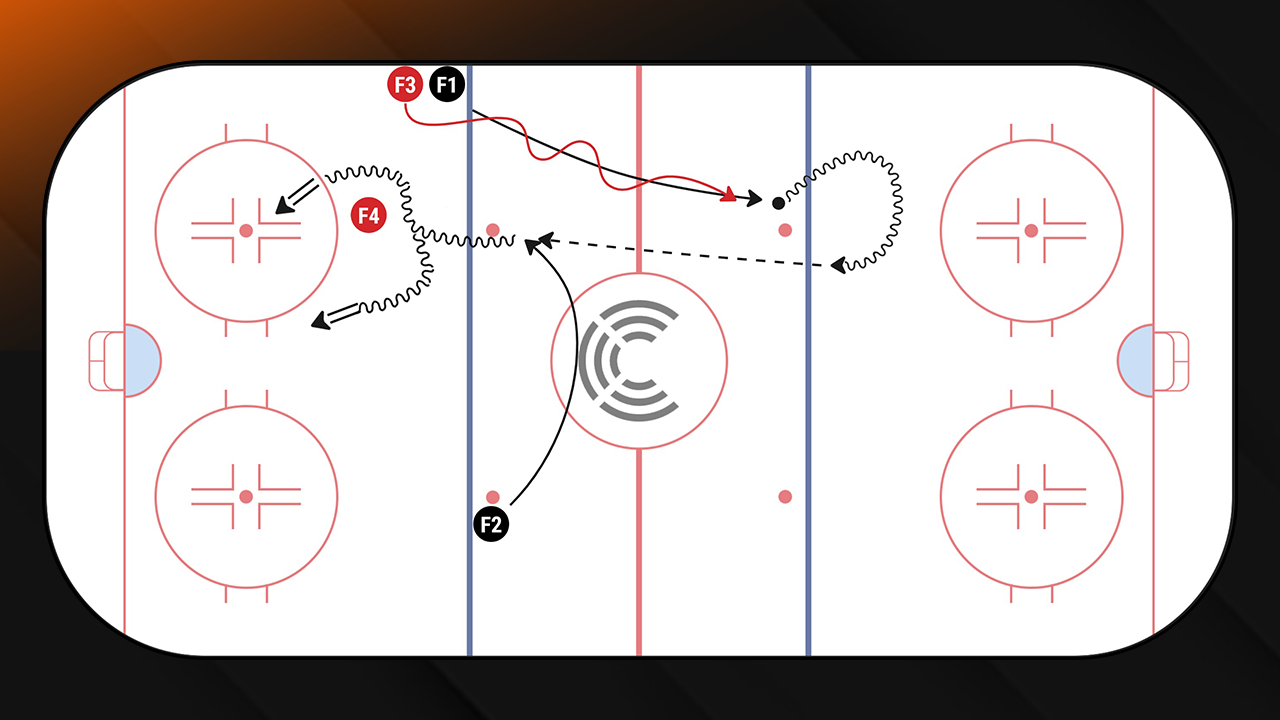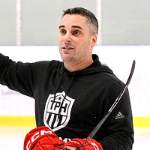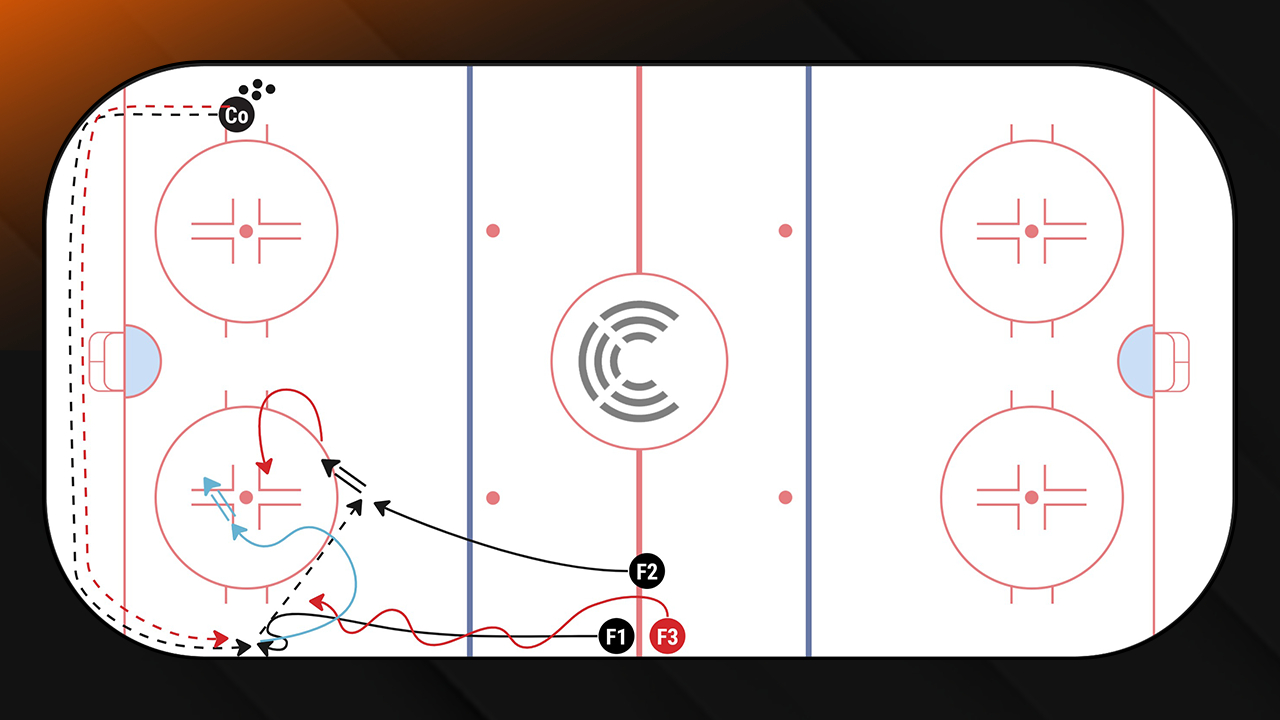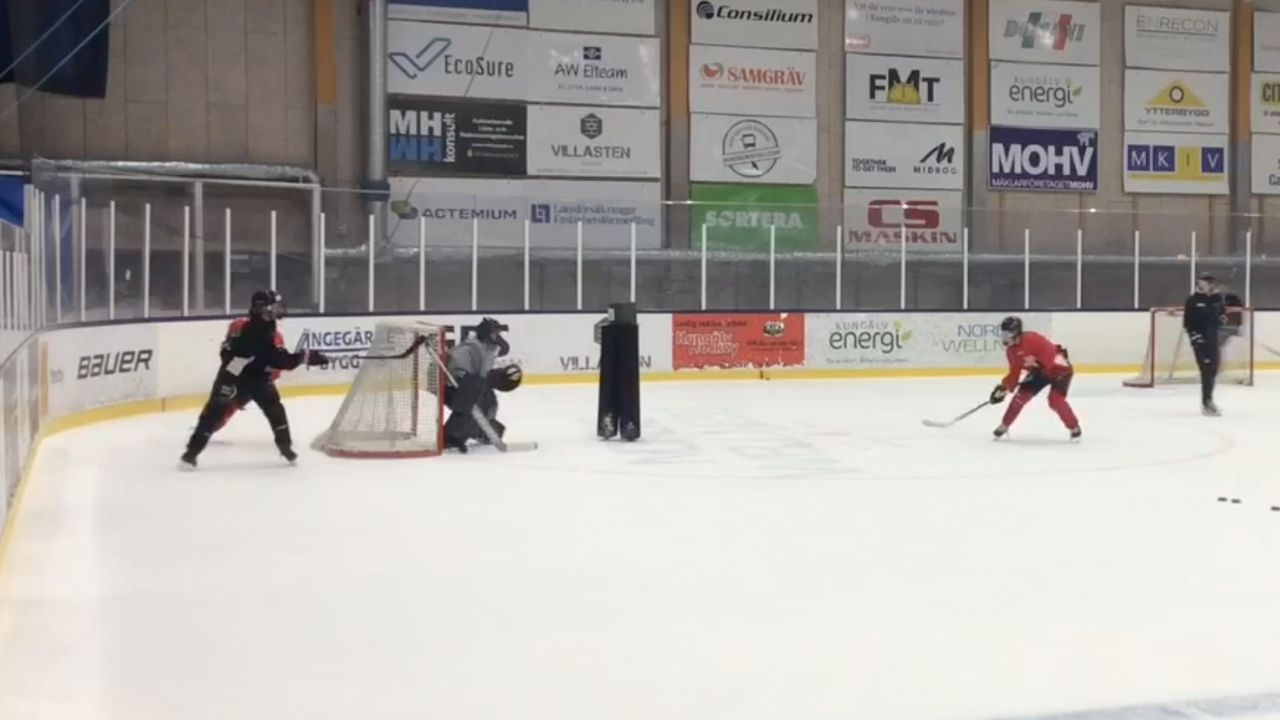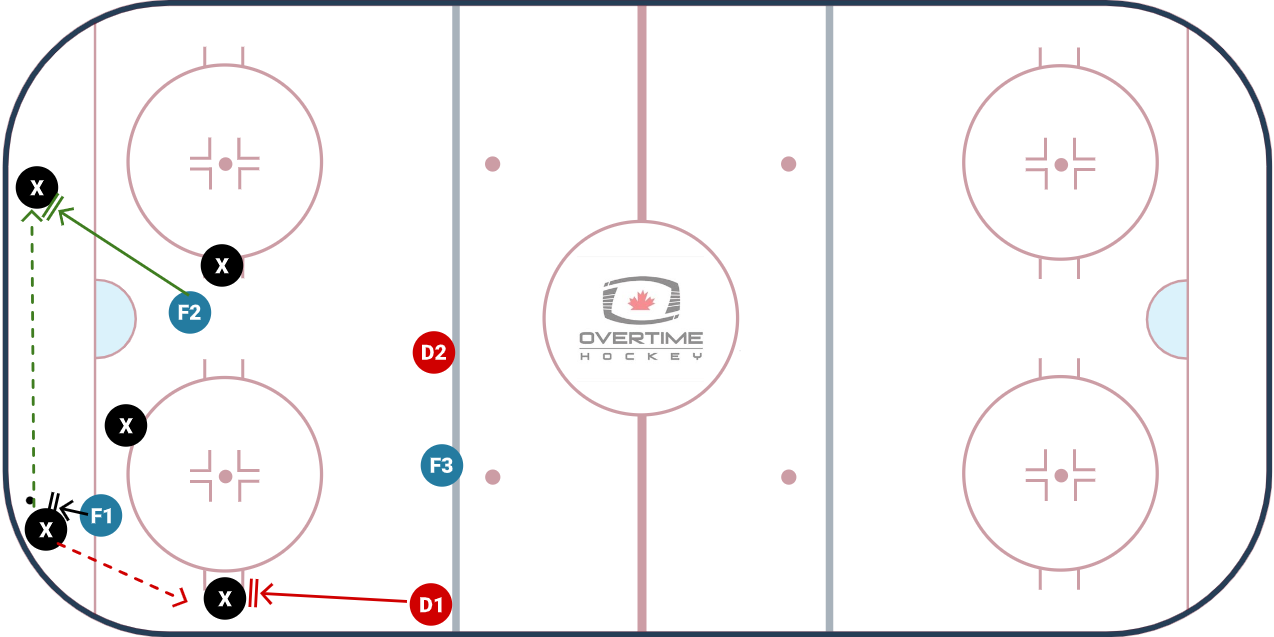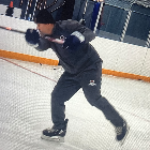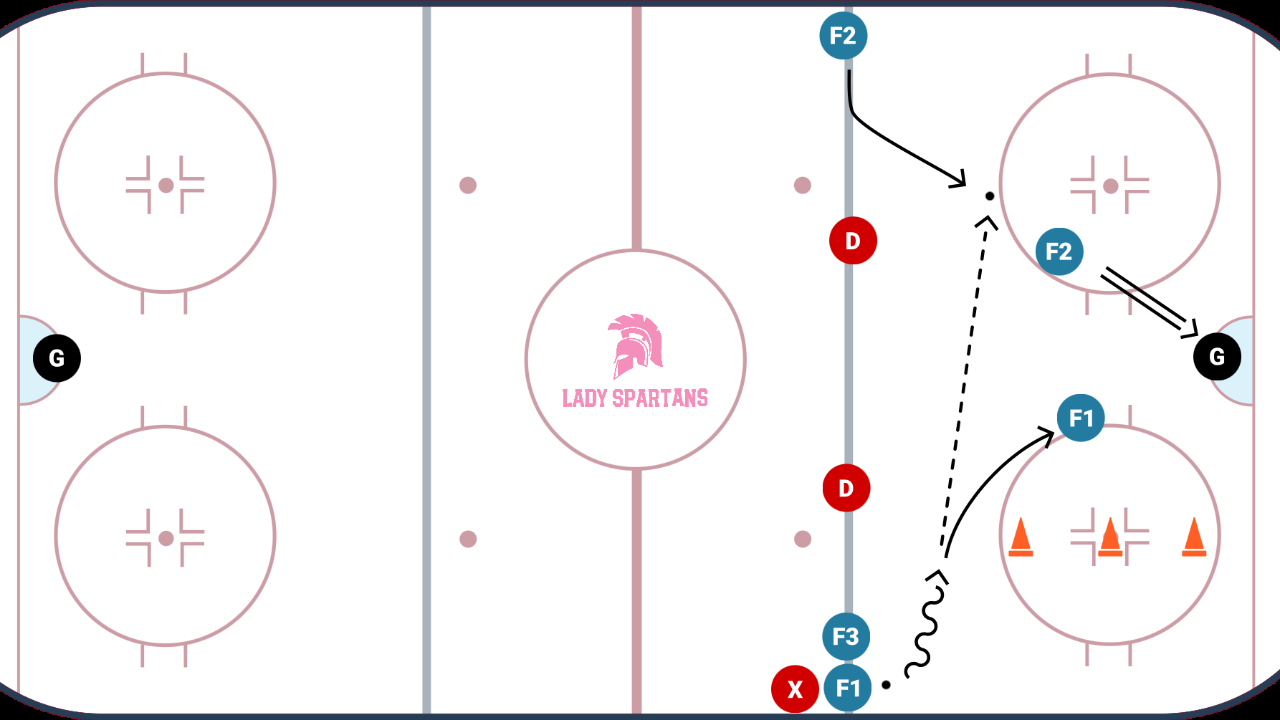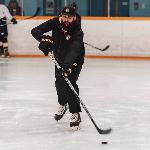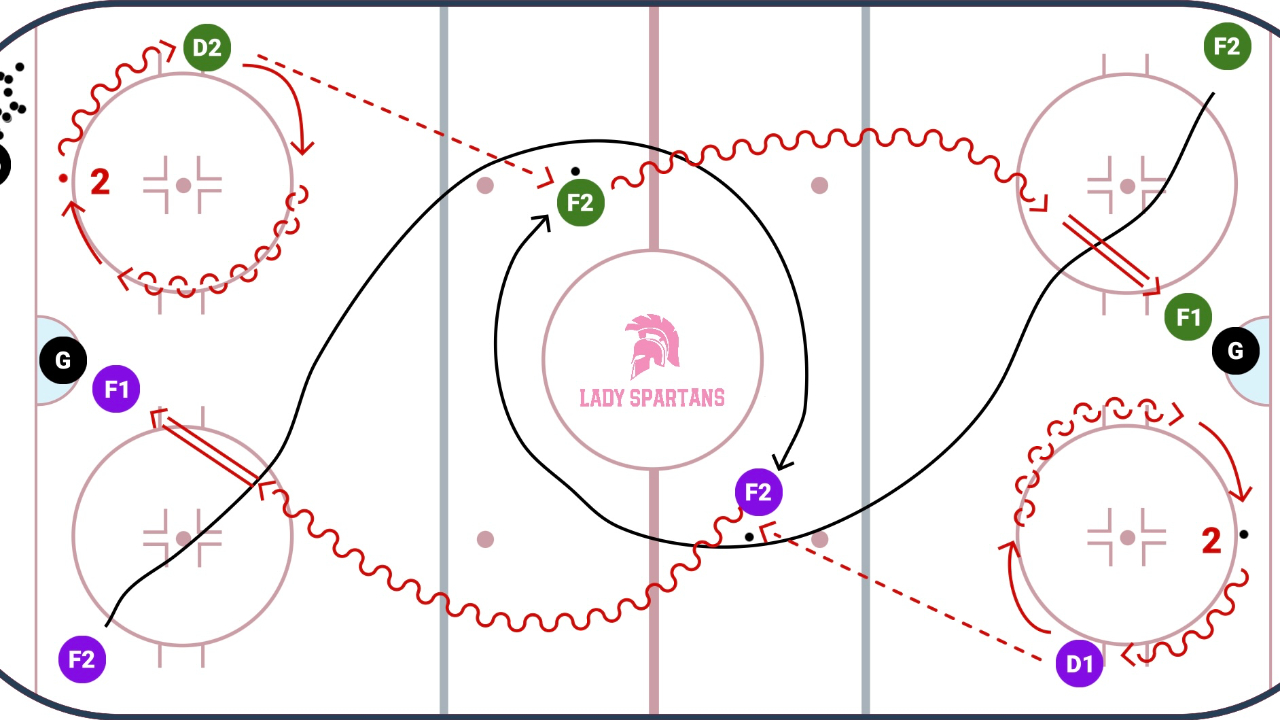We all know the famous line from the great one, Wayne Gretzky. "I don't go to where the puck is, I go to where it's going." Rather than simply reacting to where the puck was, Gretzky focused on where it was headed, allowing him to be in the right place at the right time. This proactive approach enabled him to orchestrate plays and create scoring chances that others might not have seen.
In this clip, defenseman Aaron Ekblad timed his move into the slot with near perfection, demonstrating how critical split-second decisions can be during a game. Arriving just a second later might have closed the window for a scoring chance, while moving a second earlier could have left him exposed to an opponent. Ekblad’s awareness of his teammates allowed him to exploit gaps in the defense effectively. His ability to read the play and predict the puck's path shows his understanding of timing, which not only enhances his performance but also benefits his team by creating high-quality scoring opportunities.
Integrating timing into practice drills is important for player development and the ability to read and react during games. One effective method is using one-touch passing drills, which emphasize rapid decision-making and accuracy while restricting where players can handle the puck. These drills help players focus on the timing of both the player passing and receiving. Additionally, setting up scenarios that require players to anticipate puck movement and adjust their positioning fosters an instinctive understanding of timing. Repeated practice of these situations enhances situational awareness and quick thinking. This approach leads to better offensive plays in real games, giving teams a competitive edge.
Timing Warm Up Drill;
I found this drill during TCSlive 2024 on-ice presentation with Paul Vincent, quite engaging when it comes to working on timing for youth hockey players. Begin by positioning the players just inside the blue line of each zone, facing center ice. Set up two "boxes" using four pylons for each box just inside the neutral zone. To start the drill, F2 skates into their box, and F1 passes the puck to F2, who should receive the puck in motion within the box. After passing, F1 skates forward so that F2 can quickly catch and release the puck while staying in motion, allowing F1 to receive the puck in their own box. Once F1 regains possession, they proceed to take a shot. After F2 catches and releases, they receive a puck from the coach and take their shot. Alternate the roles of F1 and F2 with each new start.

